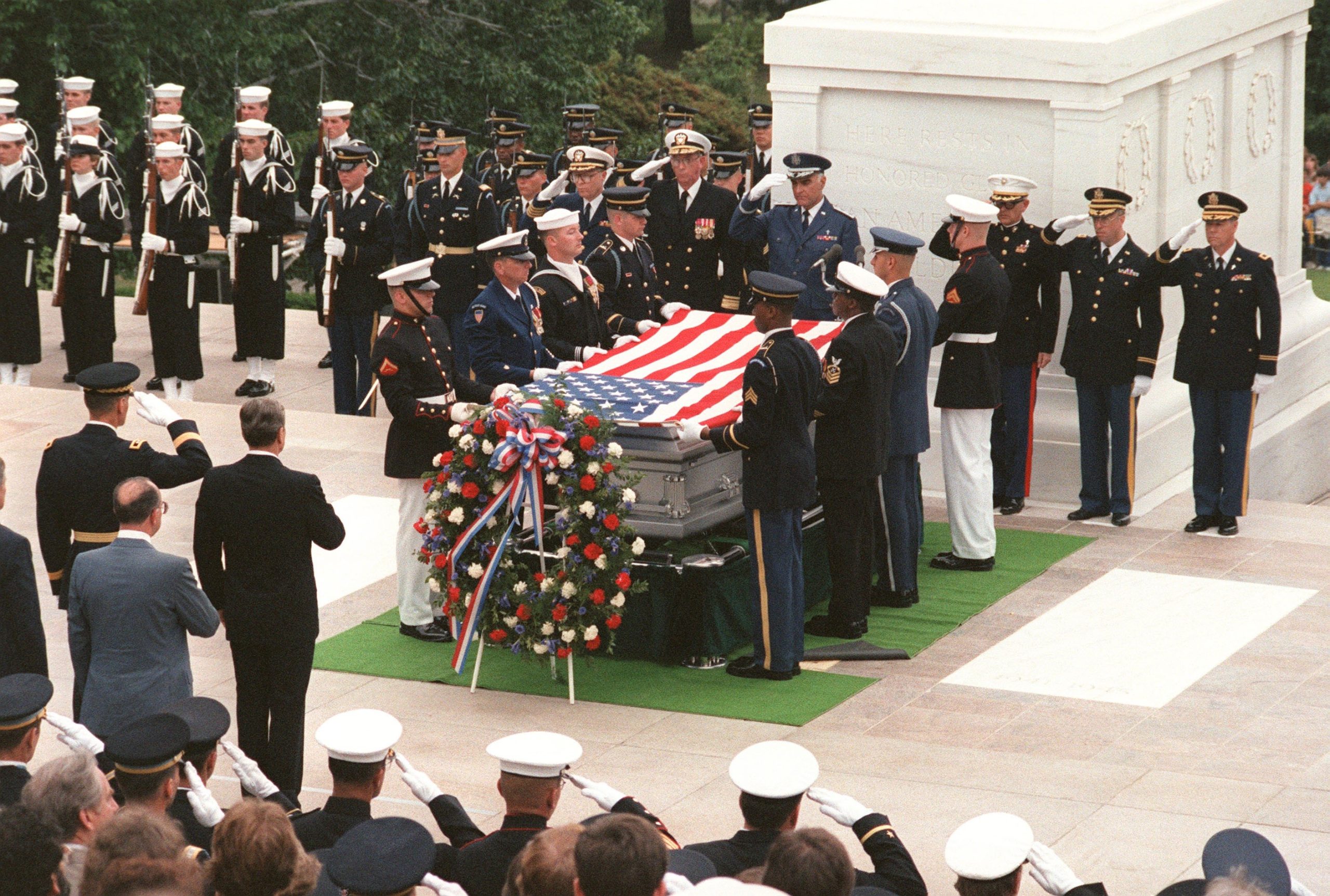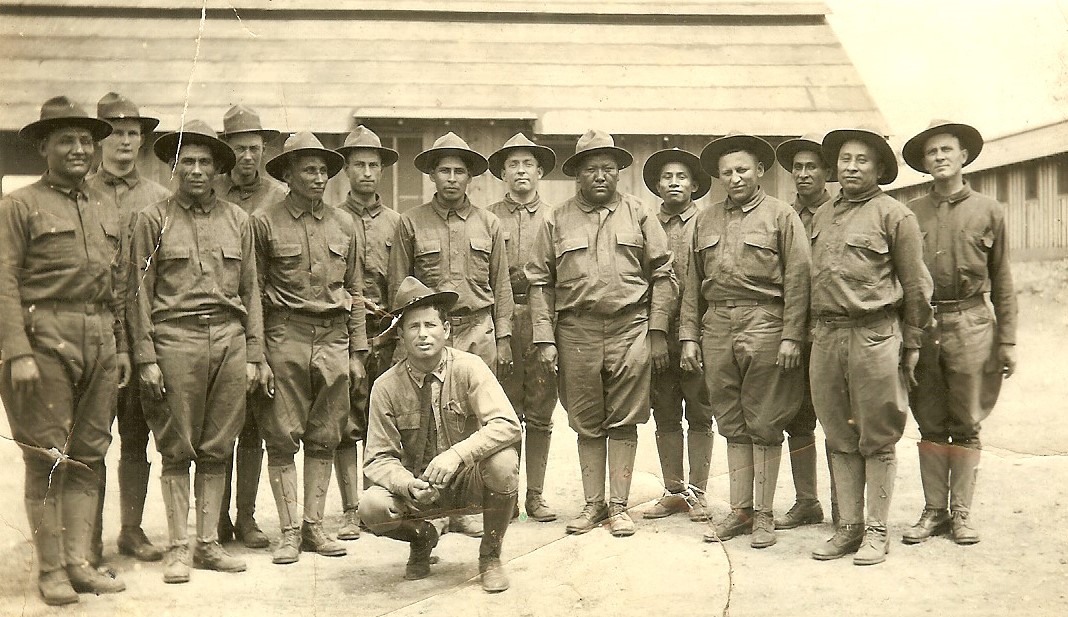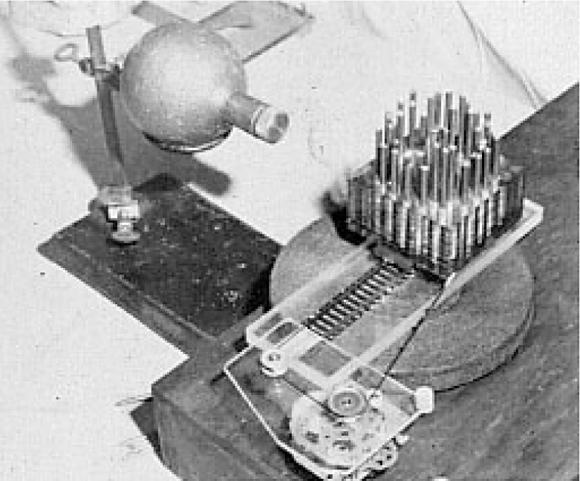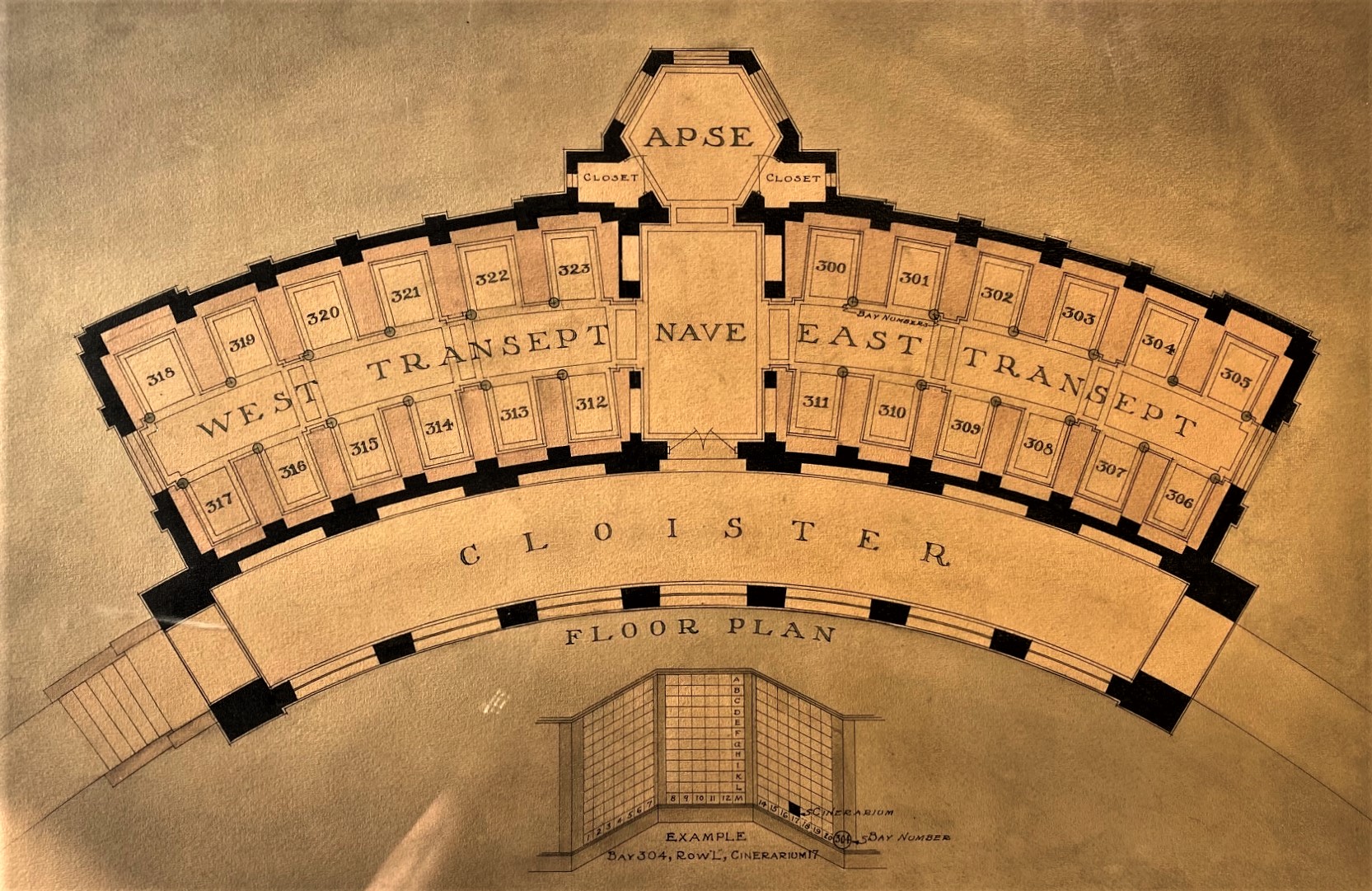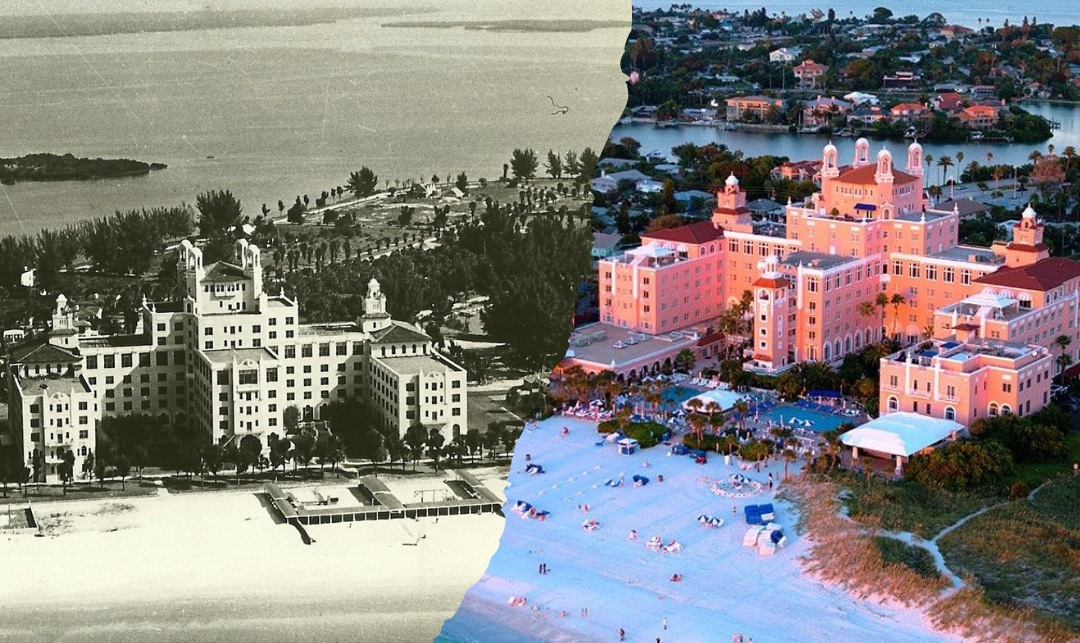History of VA in 100 Objects
The creation of the Women's Army Auxiliary Corps in 1942 allowed women for the first time to serve with the Army in non-nursing roles. Life Magazine reported on the first group of WAAC officer candidates and auxiliaries going through training in a lengthy photo essay that highlighted the women's professionalism and patriotism.
History of VA in 100 Objects
On May 12, 1868, Dorothea L. Dix at last had the satisfaction of transferring to the Army ownership of the monument she helped finance and shepherd to completion. Dedicated to “Union Soldiers who perished in the War of the Rebellion,” Dorothea Dix's monument was a 65-foot-tall granite obelisk erected in Hampton National Cemetery in Virginia near the large Civil War hospital at Fort Monroe.
History of VA in 100 Objects
To help with manpower shortages in the Civil War, President Lincoln authorized recruiting of "men of color" in 1862, using posters called broadsides to advertise the call to arms.
History of VA in 100 Objects
After a 26 year journey from the Vietnam Unknown memorial to St. Louis, Missouri, a casket containing the remains of 1st Lt. Michael Blassie was interred in Jefferson Barracks National Cemetery in his hometown on July 11, 1998.
History of VA in 100 Objects
At the start of the Great War in 1914, only about half of the 300,000 Native Americans in the United States were citizens. Although the Fourteenth Amendment granted citizenship to all “persons born or naturalized in the United States,” it did not apply to Native Americans because they fell under the jurisdiction of tribal authorities rather than the U.S. government
History of VA in 100 Objects
Long before high-speed internet networks made it fast and easy to transfer information, access services, and communicate with others the world over, VA had experimented with ways to deliver health care at a distance, such as with telehealth carts.
History of VA in 100 Objects
In 1832, the federal government found itself with a pension problem largely of its own making. In June, Congress passed a law granting a pension to all surviving Revolutionary War Veterans who had served for at least six months, but the increased applications overwhelmed the staff handling claims. A Commissioner of Pensions was then appointed to address the issues.
History of VA in 100 Objects
A conversation about oranges inspired the invention of the medical imaging technique known as computed tomography or CT scan by William H. Oldendorf, a neurologist at UCLA and the Los Angeles VA Hospital.
History of VA in 100 Objects
In June 1941, Charles Ray Smith—aviation mechanic, Army Veteran, and past commander of the American Legion post in Gridley, California—died suddenly after a surgical procedure at age 52. His brothers and young son had the body cremated at the new columbarium at what is now Los Angeles National Cemetery.
History of VA in 100 Objects
The Don Ce-Sar Hotel has graced the Gulf of Mexico beachfront in St. Petersburg, Florida, for almost a century. Known as the Pink Palace for its rosy hue and castle-like appearance, the property was a playground for the rich and famous during its heyday in the 1930s.
History of VA in 100 Objects
The massive mobilization of industry and manpower with the United States’ entry into World War II lifted the nation out of the Great Depression. But even as the country enjoyed new heights of economic prosperity, American leaders worried about what would happen after the war. In 1942, Roosevelt formed two separate committees to focus specifically on programs to assist returning Veterans and one produced the GI Bill of Rights.
History of VA in 100 Objects
The 1867 “Act to establish and to protect National Cemeteries” directed the Secretary of War to appoint a superintendent for each cemetery who was to reside in a lodge at the main entrance of the property. The superintendent’s principal duties involved greeting visitors, answering their questions, and taking care of the grounds. The Army provided superintendents with printed disability certificates affirming that the recipient had “been found a meritorious and trustworthy person, disabled in the service of the United States.”





